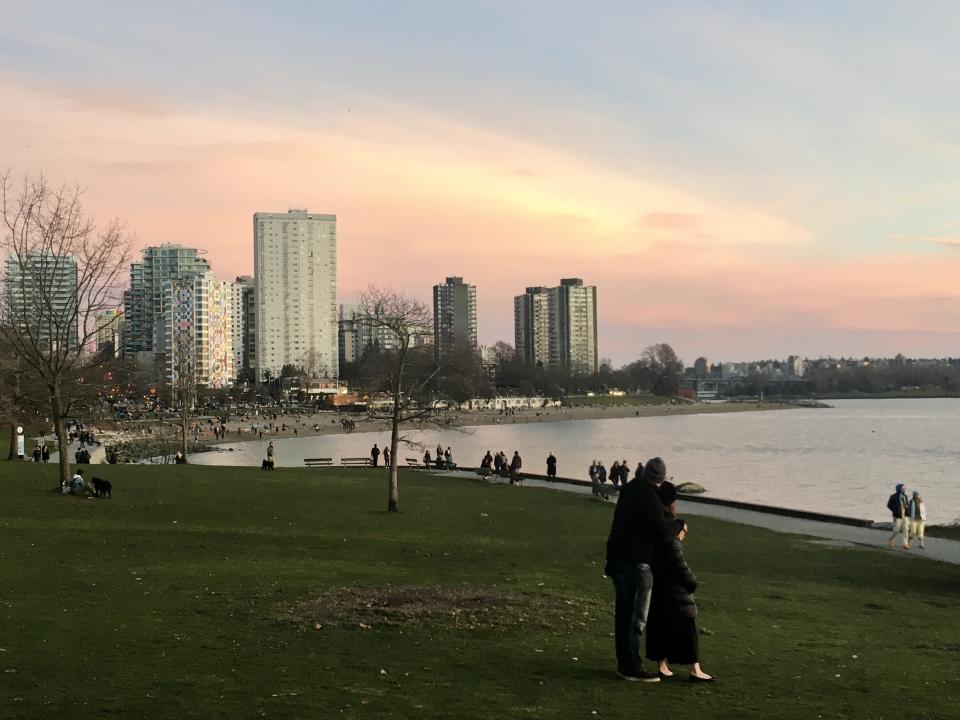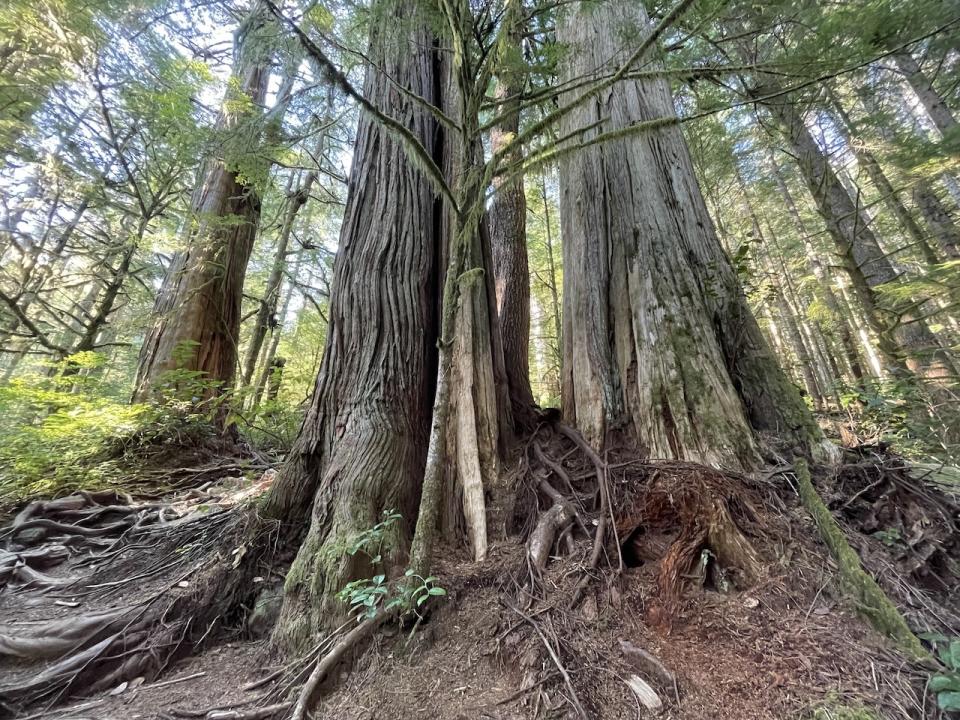Green spaces often neglect this key demographic: UBC study

While the designs of green spaces are often geared towards children and adults, they often exclude the needs of an important age group in between.
According to new research from the University of British Columbia (UBC), green space plans frequently fail to include the needs of 15- to 24-year-olds, resulting in missed opportunities for the social, physical and mental health benefits of these nature-based solutions.
SEE ALSO: Living near green spaces can reduce stroke risk, study finds
UBC faculty of forestry researchers, Sara Barron and Emily J. Rugel, analyzed data they obtained during visits to parks in two Australian cities and reviewed decades of evidence to create a new tool for evaluating green spaces for young adults.
“Green space actually tends to have more benefits for mental health than it does for physical health. Those come in forms of improvements to our mood and increased ability to focus on the tasks that we're interested in,” said Rugel, postdoctoral research fellow at UBC, in a recent interview with The Weather Network.

(Emily J. Rugel/UBC/Submitted)
"We were looking more broadly at people's home environments and found that people who did have access to a green space really were able to use it as a respite."
Green spaces helpful to all, but particularly aid young adults
The benefits green spaces provide are critical for everyone, but especially for young adults because this is a time when many chronic mental disorders emerge, Barron said in a news release.
The COVID-19 pandemic demonstrated that, especially.
“Looking at the pandemic, we really found that this resulted in a lot of stress, anxiety and depression among individuals in that young adult age group of 15 to 24," said Rugel.
She noted this is also a time when people are "really forming habits that [will] stick to [them] for the rest of their lives."

(Emily J. Rugel/UBC/Submitted)
"Regardless of what circumstances are happening in the world, people tend to experience often the first symptoms of what can be lifelong psychological conditions," said Rugel.
Partners such as the Vancouver Board of Parks and Recreation have generated green spaces through planning and research, focusing on younger children by including playgrounds, Rugel noted.
There is also an increasing emphasis on meeting the needs of older adults in green spaces, with options such as benches and washrooms being included, which leaves out the 15- to 24-year-olds, she added.
"What we found is that this is really a missing middle...those 15- to 24-year-olds. We haven't even considered, necessarily, what their needs are, let alone gone about to design green spaces that really meet their individual, specific needs," said Rugel.

(Emily J. Rugel/UBC/Submitted)
With habitat loss arising from land development, the tool Rugel and Barron developed can be applied to locales that may still be able to thrive under densification, she said, noting they compiled it while examining small spaces.
"There is this broader issue about the tension between densification and greenness. But this particular framework really shows the potential for both of those things to happen side by side," said Rugel.
"Simple things like adding nicely planted vegetation and pots along both sides of a laneway can really increase that level of diversity [and] give it a sense of order."
How do we include young adults in green spaces?
There are three dimensions vital to meeting the mental and social needs of the age group. They are order, diversity, and seclusion and retreat, Rugel noted.
Order. Designing spaces that are still natural and deemed safe for young people to meet their friends, particularly for women.
Biodiversity. What types of nature can you interact with there? Is there an opportunity to see wildlife? Are there different types of vegetation?
Seclusion and retreat. This dimension is particularly important for this age group. Retreat offers young adults an opportunity to spend time in a green space, either with others or alone. Seclusion offers youths a safe space to escape the external pressures of daily life, whether they originate from school, parents or other sources.

(Emily J. Rugel/UBC/Submitted)
“We identified green space as a really important place where people can access it, at all hours of the day without having to pay a fee. And we're hoping that it is also a space that's designed to meet their individual needs," said Rugel.
Within the framework to improve green spaces for the specific age group is the potential to involve individuals from it, Rugel said, as it's "really something that youths and young adults themselves could apply."
"They really can be a missing middle. They can be hard to engage in research or planning efforts," said Rugel. "Go out to the green spaces near their home or along a bus route from school, and see how well [they are] meeting their needs."
WATCH: Living near a green space could have some amazing health benefits
Thumbnail courtesy of Emily J. Rugel/University of British Columbia.
Follow Nathan Howes on Twitter.


